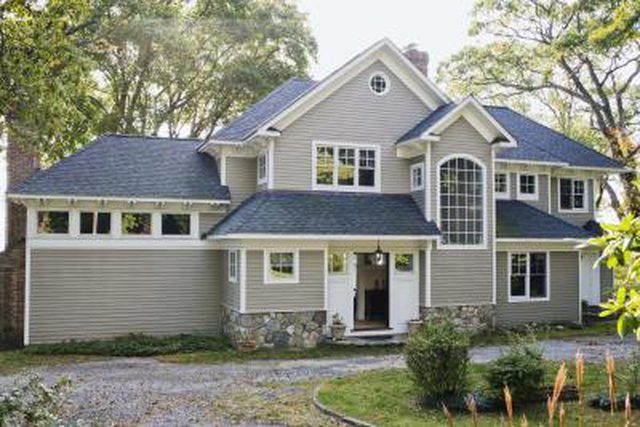Bulbs
Flower Basics
Flower Beds & Specialty Gardens
Flower Garden
Garden Furniture
Garden Gnomes
Garden Seeds
Garden Sheds
Garden Statues
Garden Tools & Supplies
Gardening Basics
Green & Organic
Groundcovers & Vines
Growing Annuals
Growing Basil
Growing Beans
Growing Berries
Growing Blueberries
Growing Cactus
Growing Corn
Growing Cotton
Growing Edibles
Growing Flowers
Growing Garlic
Growing Grapes
Growing Grass
Growing Herbs
Growing Jasmine
Growing Mint
Growing Mushrooms
Orchids
Growing Peanuts
Growing Perennials
Growing Plants
Growing Rosemary
Growing Roses
Growing Strawberries
Growing Sunflowers
Growing Thyme
Growing Tomatoes
Growing Tulips
Growing Vegetables
Herb Basics
Herb Garden
Indoor Growing
Landscaping Basics
Landscaping Patios
Landscaping Plants
Landscaping Shrubs
Landscaping Trees
Landscaping Walks & Pathways
Lawn Basics
Lawn Maintenance
Lawn Mowers
Lawn Ornaments
Lawn Planting
Lawn Tools
Outdoor Growing
Overall Landscape Planning
Pests, Weeds & Problems
Plant Basics
Rock Garden
Rose Garden
Shrubs
Soil
Specialty Gardens
Trees
Vegetable Garden
Yard Maintenance
How to Hardscape a Front Yard
How to Hardscape a Front Yard. Hardscaping, or the addition of hard elements (as opposed to “soft” plant materials) to your landscape, can really pull together your property and give it curb appeal. Or it can make your property look like a jumbled mess. Because hardscaping is generally costly, plenty of planning should take place before...

Hardscaping, or the addition of hard elements (as opposed to "soft" plant materials) to your landscape, can really pull together your property and give it curb appeal. Or it can make your property look like a jumbled mess. Because hardscaping is generally costly, plenty of planning should take place before you begin any your project. Ideally, a designer should plan your hardscaping project, but if this isnít feasible, carefully study professional designs and the use quality materials as you plan your hardscape.
Research the types hardscaping that suit your tastes. Hardscaping for the front yard may include walkways, fences, walls, gates, porches, decks, lighting fixtures, water features, decorative driveways, steps and pavers.
Examine your front yard as a whole. Before you make any hardscaping choices, think cohesively about your front yard. How will the hardscaping complement your home and highlight features you like about your property?
Plan one or two focal points in your front yard, then take a tip from the pros and create a path that directs the eye to the focal points.
Avoid trendy features, such as fire pits and ultra-modern designs, unless you know you'll like them long after the trend is over. They will quickly date your home.
Avoid straight lines, when possible. If youíre going to build a pathway, for example, donít make it a straight line from point A to point B. Instead, allow the path to curve or wind a bit. This gives a more natural and relaxed look.
Sketch out your ideas so you can compare them. A sketch may also help any professionals you hire.
Remember drainage. Donít add hardscaping that will ruin your landís existing irrigation. For example, if your front yard is currently draining well, donít build a wall that blocks its drainage path.
Consider matching materials, colors and textures, but only to a small extent. Compliment materials already used on your home, but remember that without variety, the end result will be blah. Go for materials that compliment each other but donít match perfectly.
Consider which front-yard hardscaping element you want to begin with. Prioritize according to your budget, according to the element you most desire or according to the element that will look best all by itself until you can complete your hardscaping.
Get bids from at least three different qualified contractors. Call your local licensing board to check their record and to make sure they are licensed and bonded.